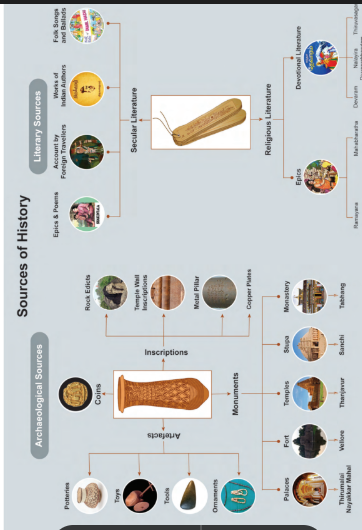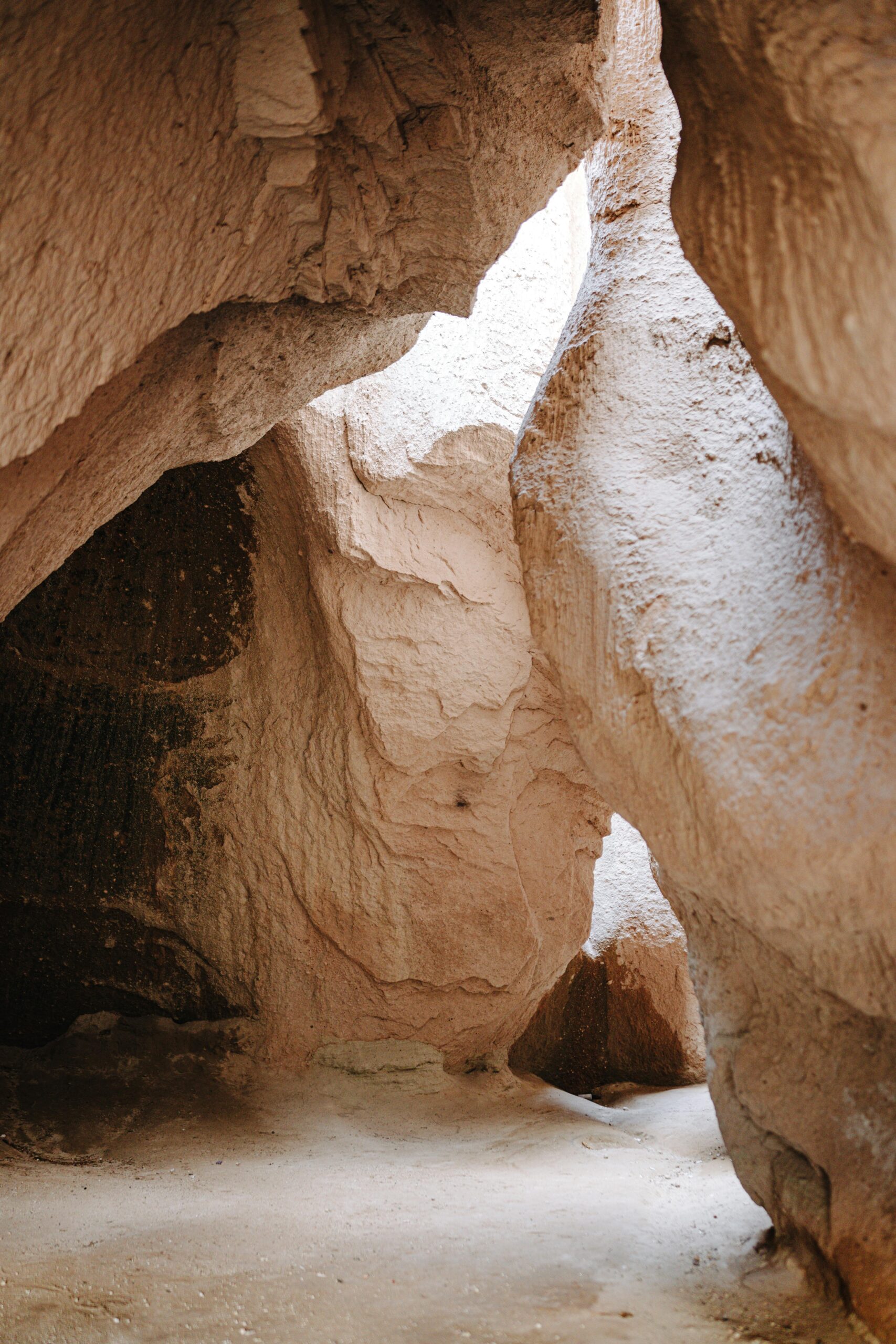Subject: Social Science
Teaching Aids: Textbook, pictures depicting history, concept maps, educational TV lessons, maps, ancient coins.
Lesson Type: Standalone lesson
Teaching Method: Tree and branch method
Learning Outcomes:
- Explain the vast developments that occurred in ancient times with examples.
- Describe the transition from hunting and gathering to the beginning of agriculture.
- Discuss the emergence of the first cities in the Indus Valley.
- Relate the development in one region to that of another.
Learning Objectives:
- Understand what history is.
- Comprehend the significance of history.
- Learn about the lifestyle of prehistoric humans.
- Know how rock paintings reflect aspects of their lifestyle.
- Understand the importance of history and historical research.
Lesson Introduction:

Let us learn about this history here.
Reading:
The teacher reads aloud the lesson section, followed by students reading along. New vocabulary is underlined.
New Vocabulary:
- ஆதாரங்கள் – Sources
- முன்னோர்கள் – Ancestors
- நினைவுச் சின்னம் – Monument
- கல்வெட்டு – Inscription
- வரலாற்று ஆசிரியர் – Historian
Mind Map:

Compilation and Delivery:
- We can understand the lifestyle of prehistoric people through tools, rock paintings, burial forms, and excavation materials.
- The period between prehistoric and historic times is called the protohistoric period.
- Ancient humans domesticated dogs for safety and hunting.
- Emperor Ashoka followed principles of peace and righteousness.
- The Ashoka Chakra in our national flag originates from the lion capital at Sarnath, established by Ashoka.
Reinforcement:
The teacher reviews the lesson content once more and shows relevant video clips to reinforce the concepts.
Assessment:
Lower-Order Thinking Questions:
- Who is the father of history?
- Inscriptions are considered ______ sources.
Middle-Order Thinking Questions:
Identify the incorrect sentence pair:
- Old Stone Age – Stone tools
- Rock paintings – Cave walls
- Copper plates – A historical source
- Cats – First domesticated animal
Higher-Order Thinking Questions:
- How were dogs useful to people in prehistoric times?
- Compare the lifestyle of Old Stone Age humans with modern life.
Remedial Teaching:
The teacher identifies slow learners and provides them with one-mark and two-mark question practices.
Follow-Up Activity:
- Mark important events in your family and the years they happened. With the help of your teacher, create a timeline individually or in groups.
- Early humans used stones as tools. Collect and prepare a photo album showing the uses of stones.

